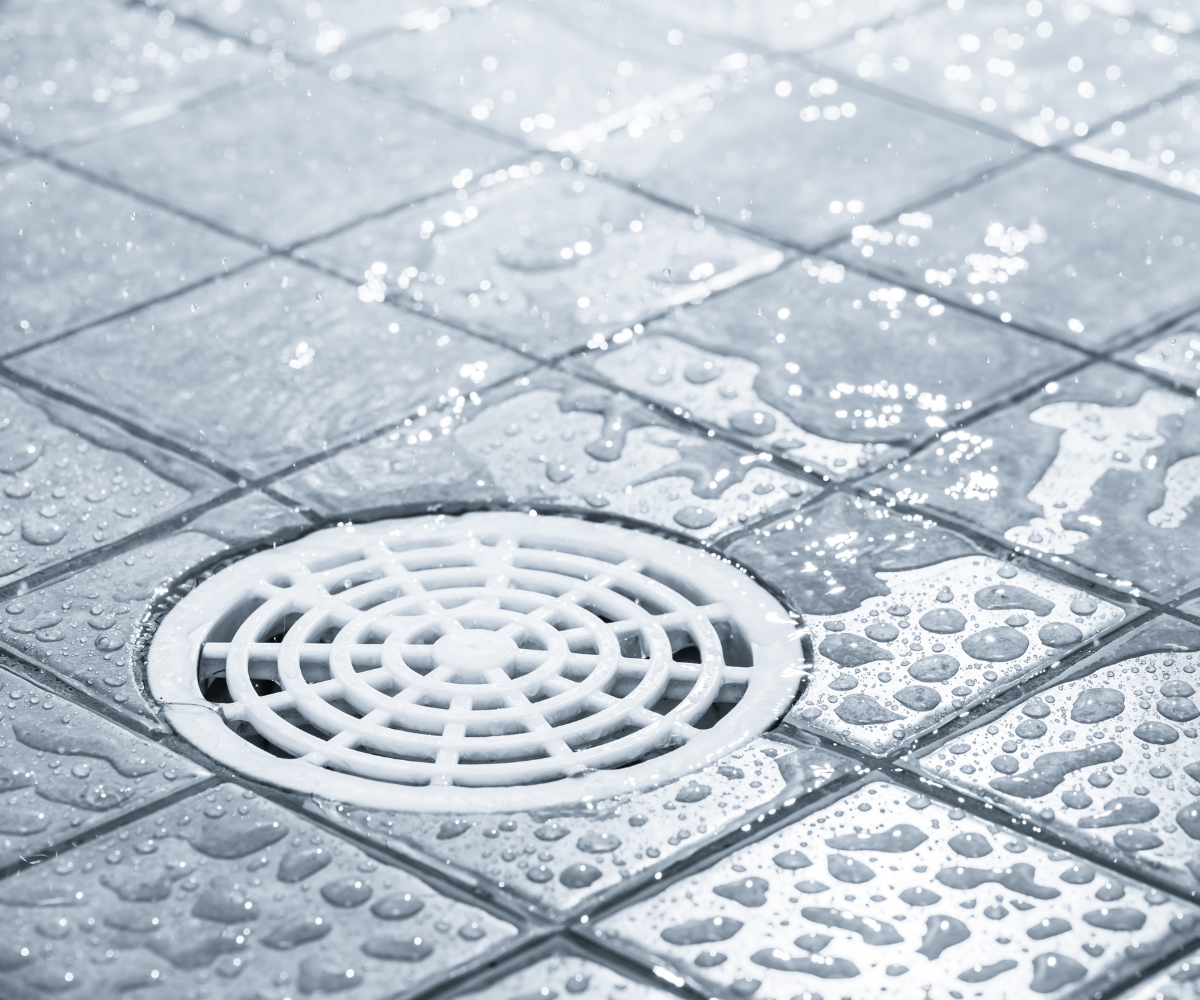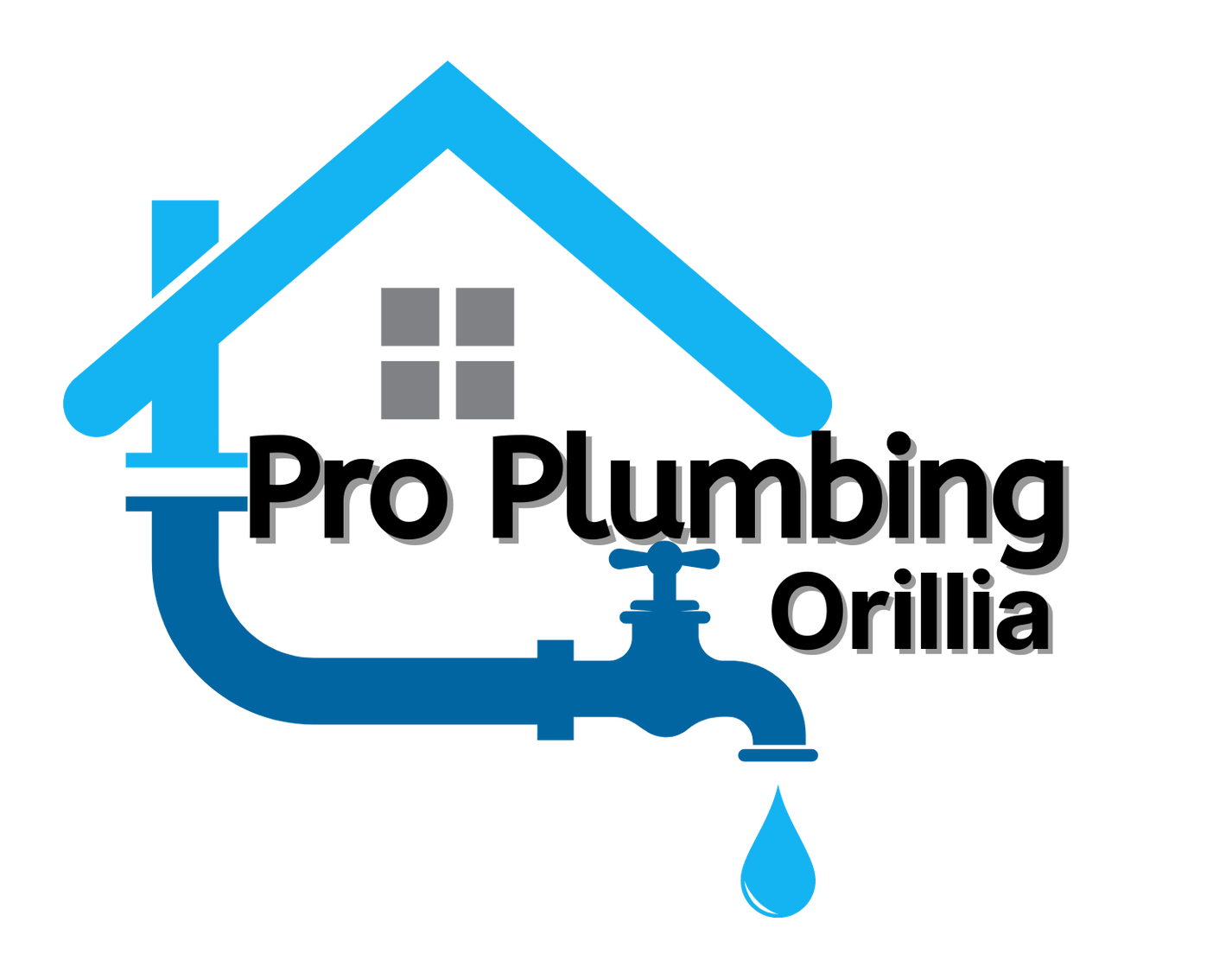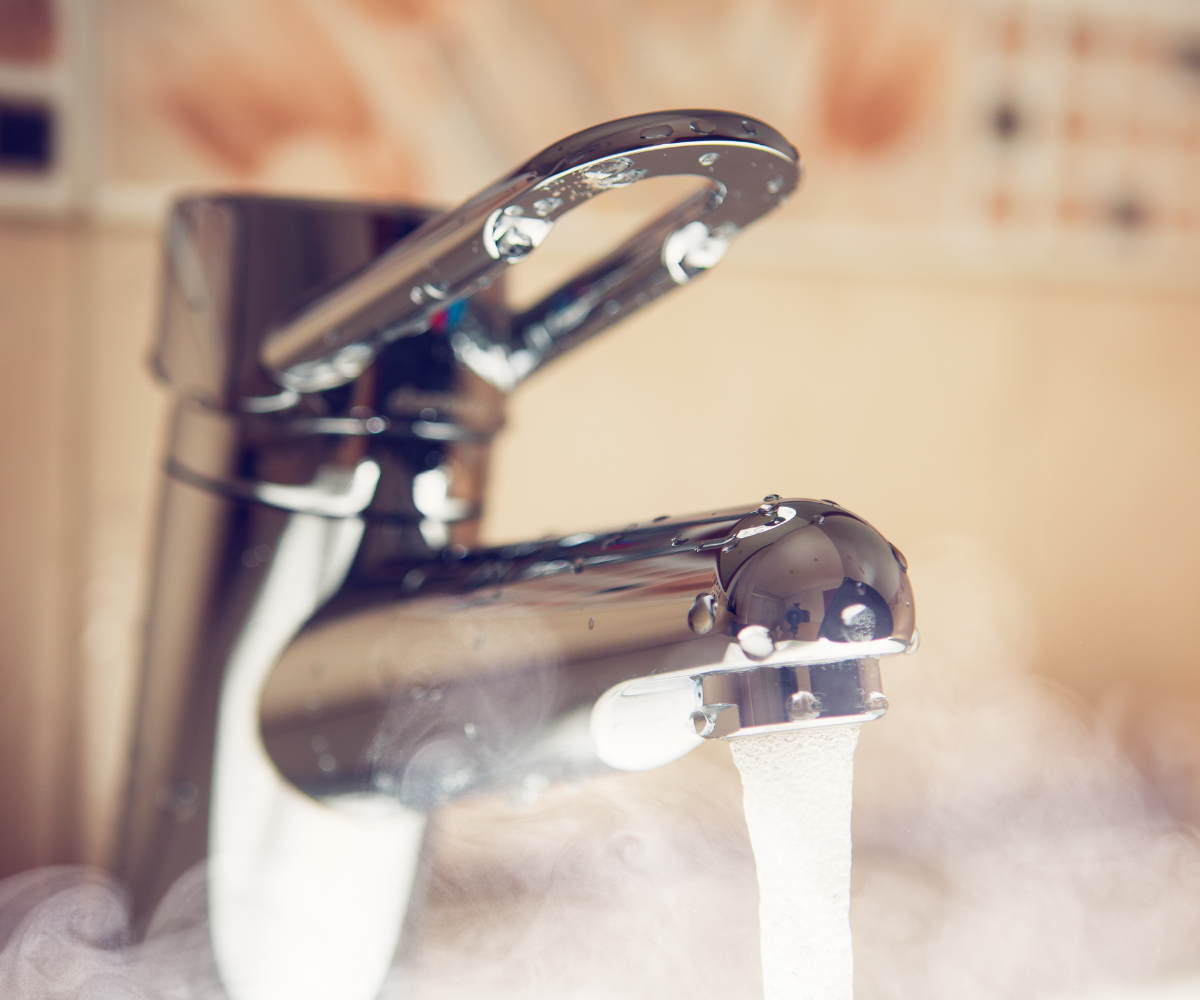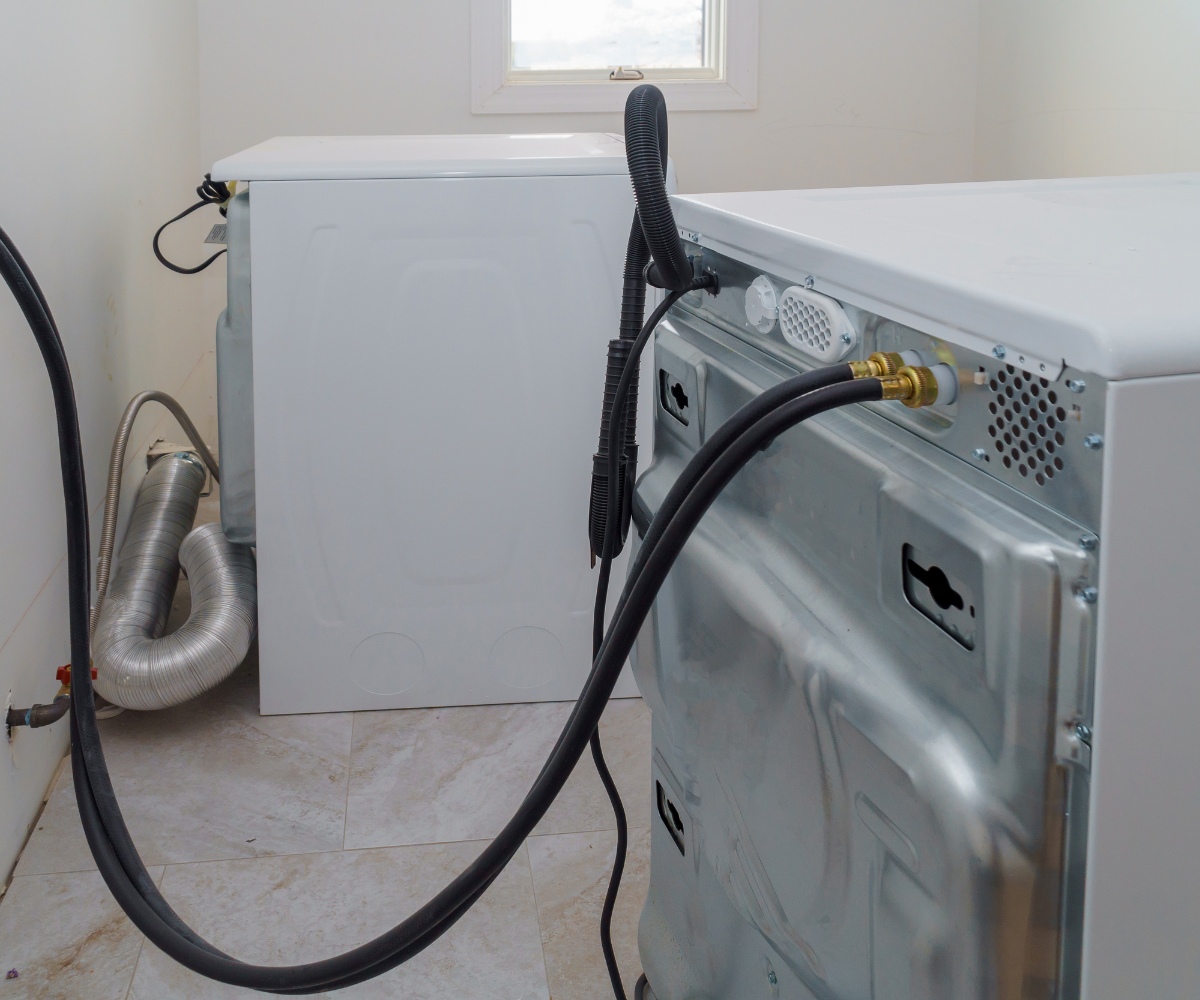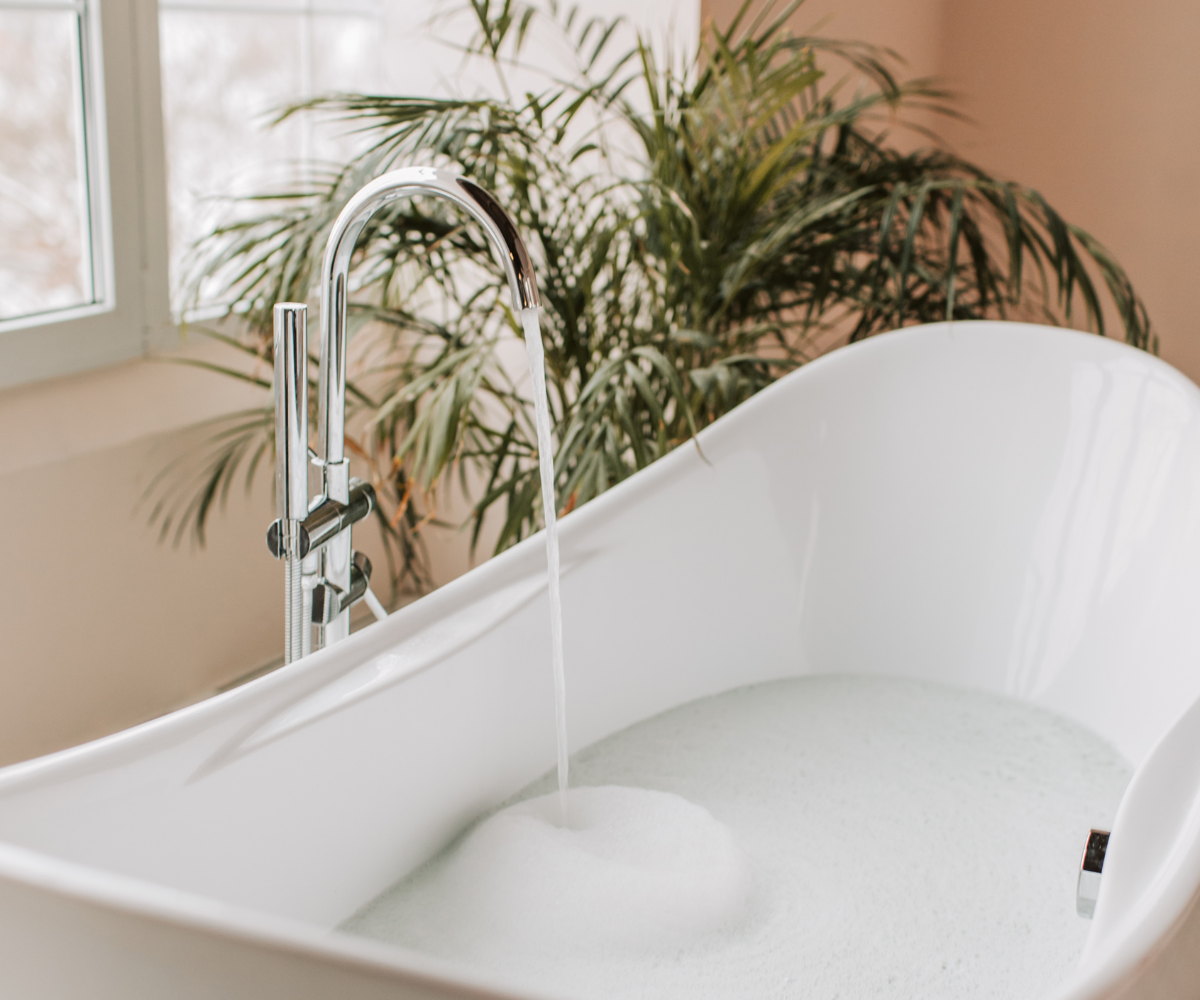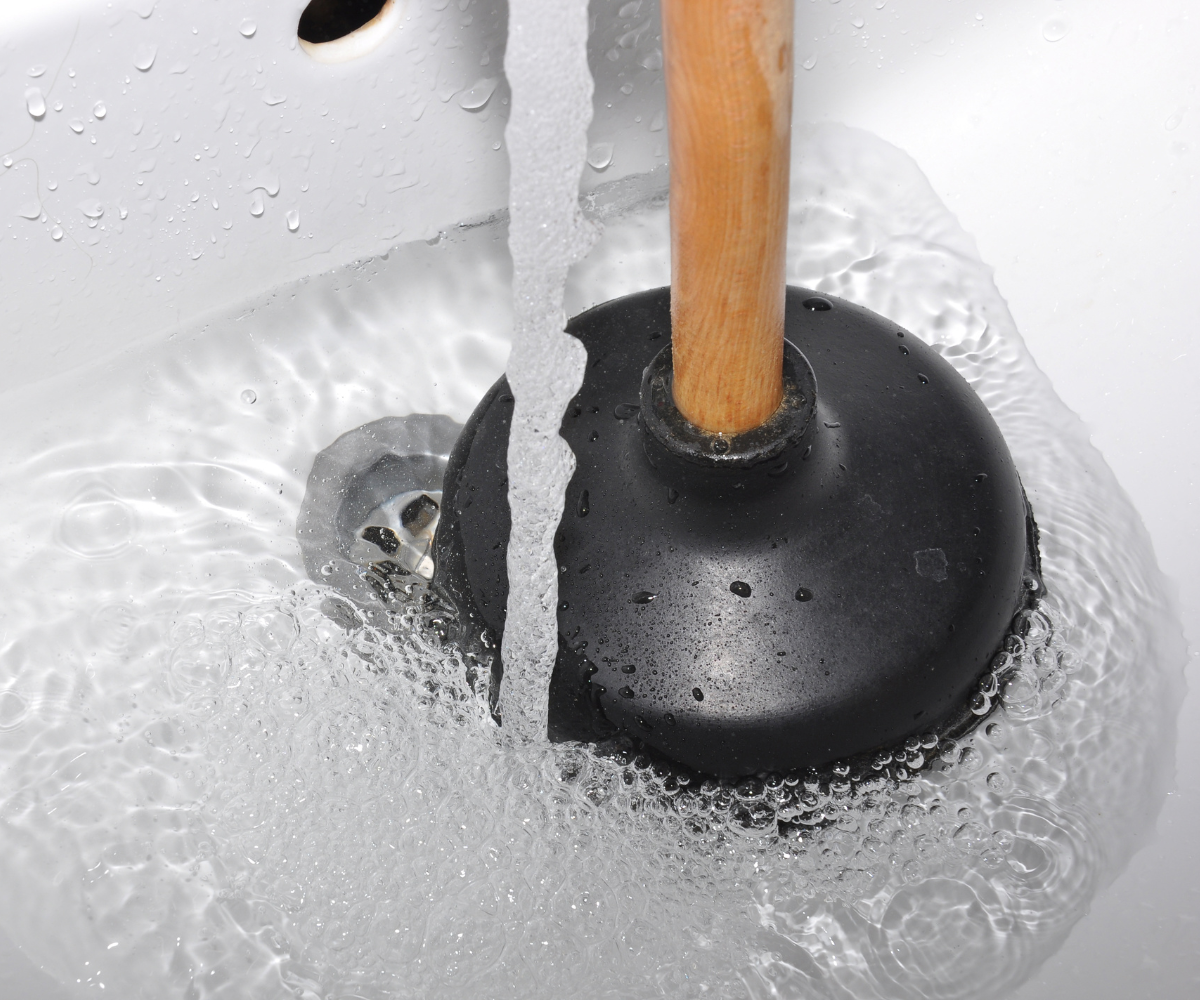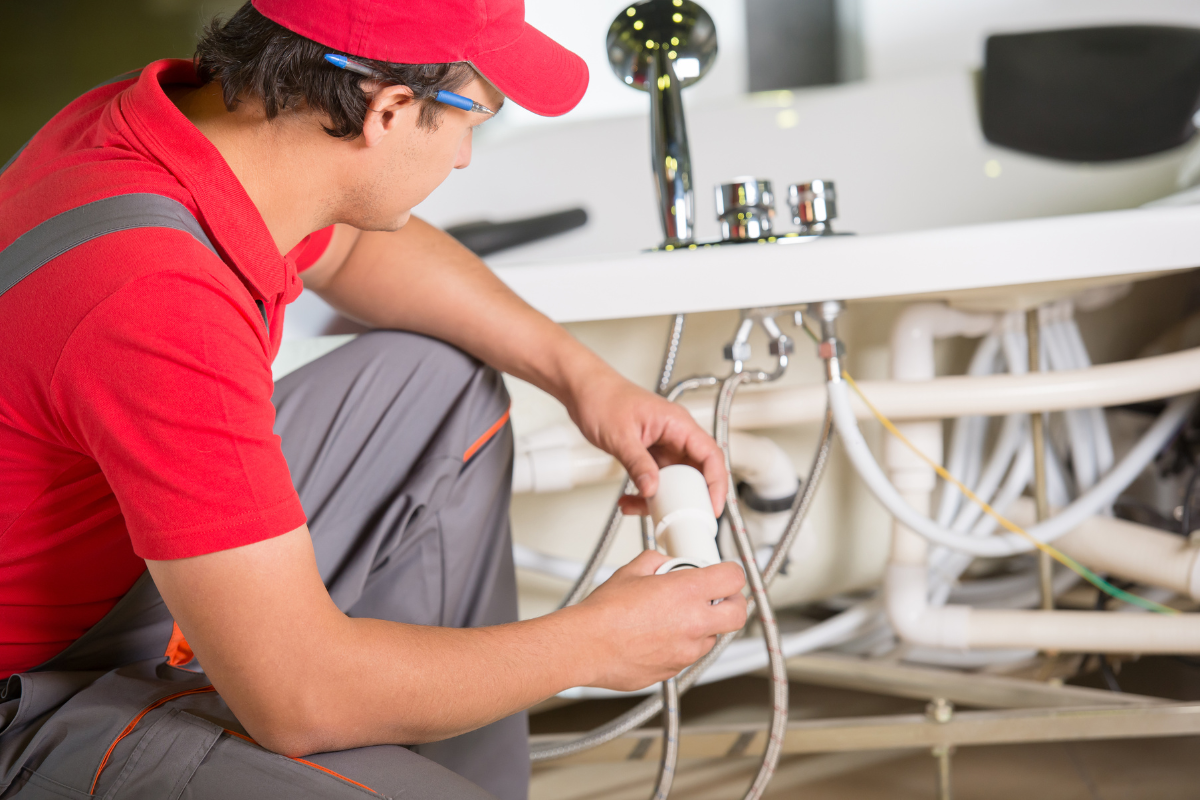How to Prevent Frozen Pipes Orillia, Ontario
Tips from Pro Plumbing Orillia
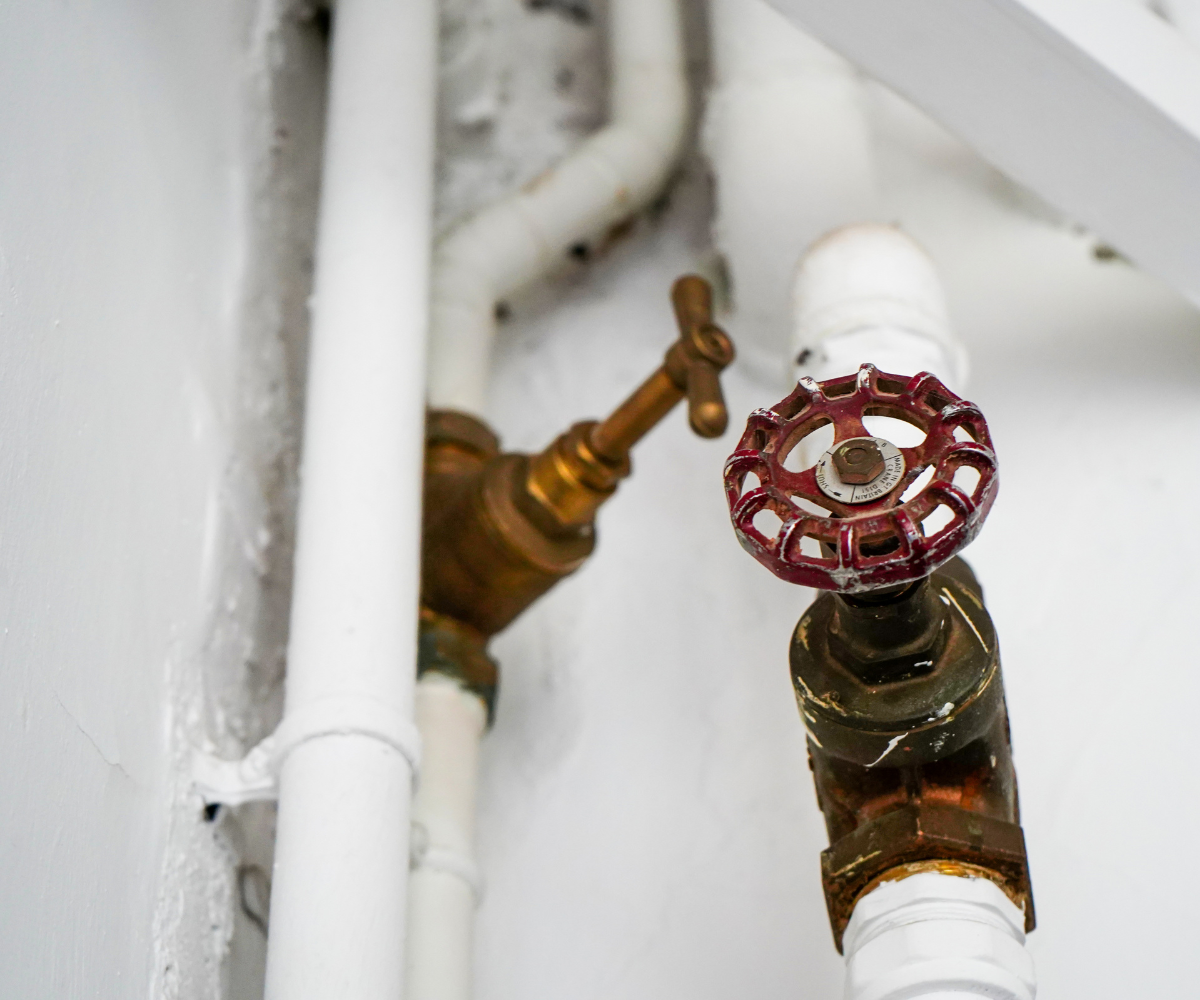
Winter in Orillia can be harsh, and freezing temperatures pose a major risk to your home's plumbing system. Frozen pipes can burst, leading to costly water damage and plumbing repairs. As trusted plumbers in Orillia, we at Pro Plumbing Orillia want to help homeowners protect their pipes before the cold hits. Here are some expert tips to prevent frozen pipes this winter.
1. Make Sure Your Pipes Are Well Insulated
One of the best ways to prevent pipes from freezing is by adding insulation. Wrap exposed pipes in unheated areas like basements, garages, and crawl spaces with foam pipe insulation or heat tape. This simple step can make a big difference in keeping your pipes warm.
2. Keep a Slow Drip
On extremely cold nights, allow a small trickle of water to run from your faucets, especially those connected to exterior walls. Moving water is less likely to freeze, reducing the risk of pipe bursts.
3. Maintain Indoor Temperatures
Keep your thermostat set to a consistent temperature, even at night. If you're leaving home for an extended period, ensure your heat stays on at a minimum of 12°C (55°F) to prevent pipes from freezing while you're away.
4. Seal Drafts & Open Cabinet Doors
Cold air can seep into your home through cracks and gaps near pipes. Seal any openings in your foundation, walls, or around windows to block freezing drafts. Also, leave cabinet doors open under sinks to allow warm air to circulate around the plumbing.
5. Disconnect Outdoor Hoses & Shut Off Exterior Water Lines
Before winter sets in, disconnect garden hoses and drain any remaining water. Shut off outdoor faucets and consider installing frost-proof hose bibs to protect against freezing.
6. Know Where Your Main Water Shutoff Is
In case of an emergency, knowing where your main water shutoff valve is located can save you from extensive water damage. If a pipe does burst, turning off the water supply quickly can minimize damage before a plumber Orillia arrives.
Need Help? Call Pro Plumbing Orillia!
If you're concerned about frozen pipes or need professional winterization services, Pro Plumbing Orillia is here to help. Our expert plumbers Orillia can inspect, insulate, and repair your plumbing to keep your home safe all winter long.
📞 Call us today at 705-242-5057 or contact us online to schedule an inspection!

